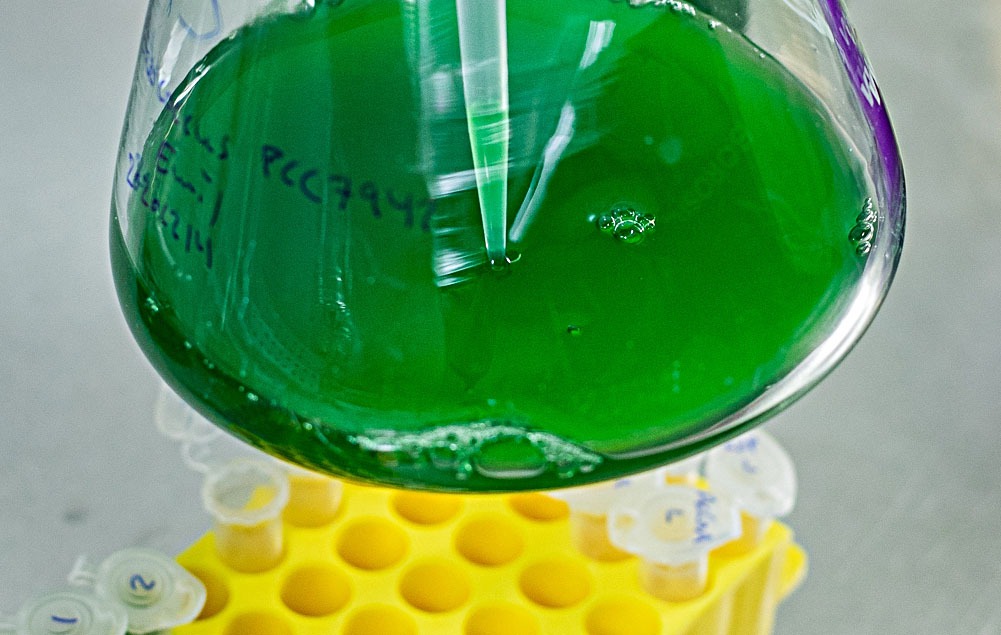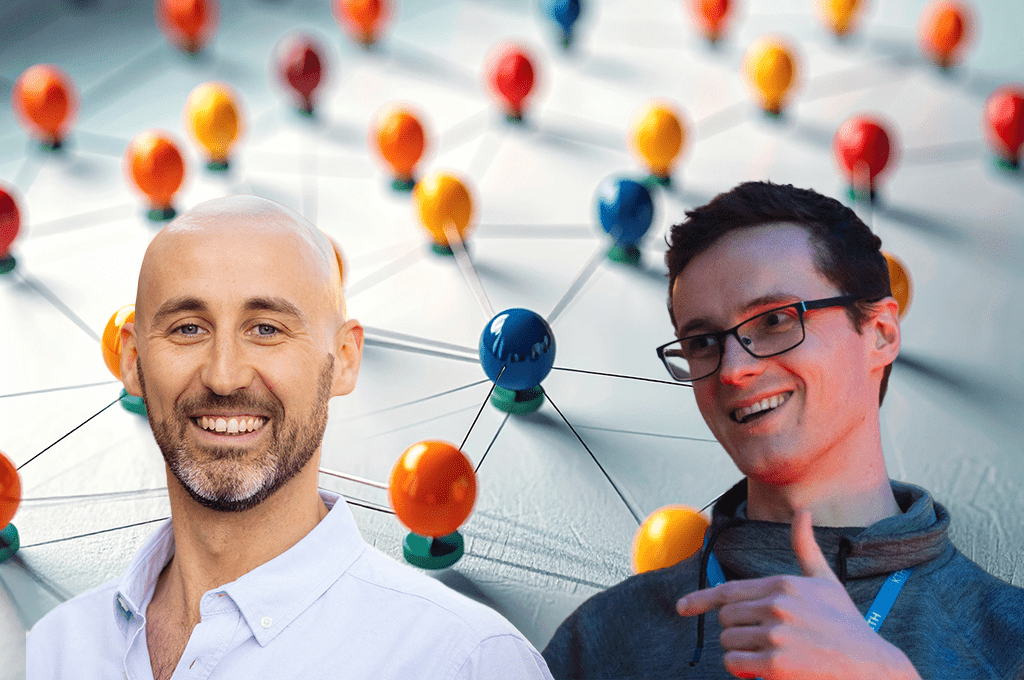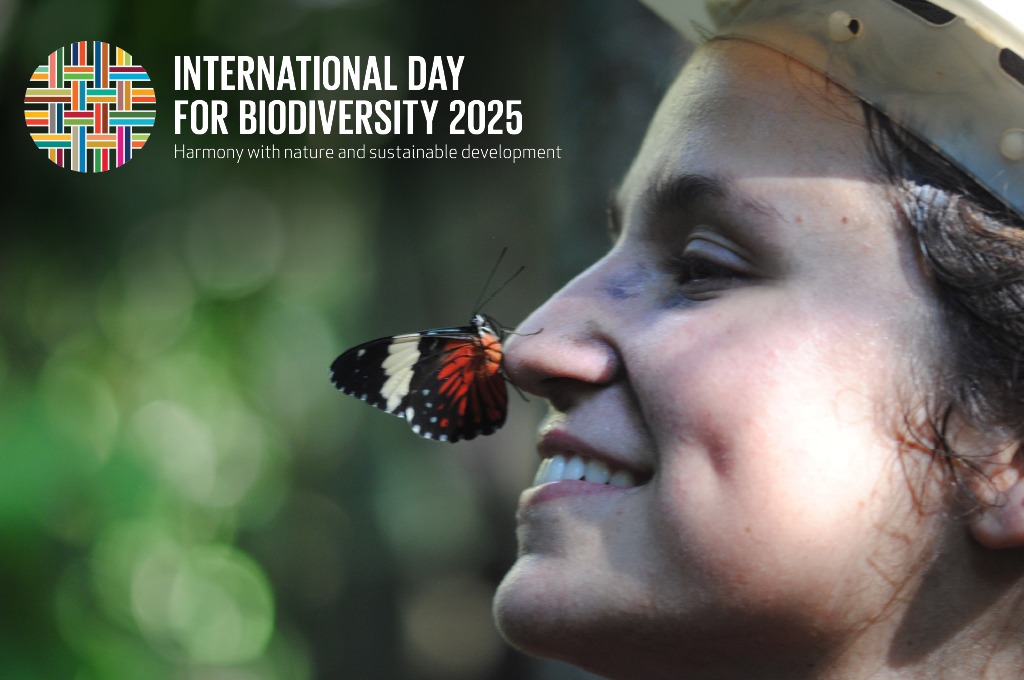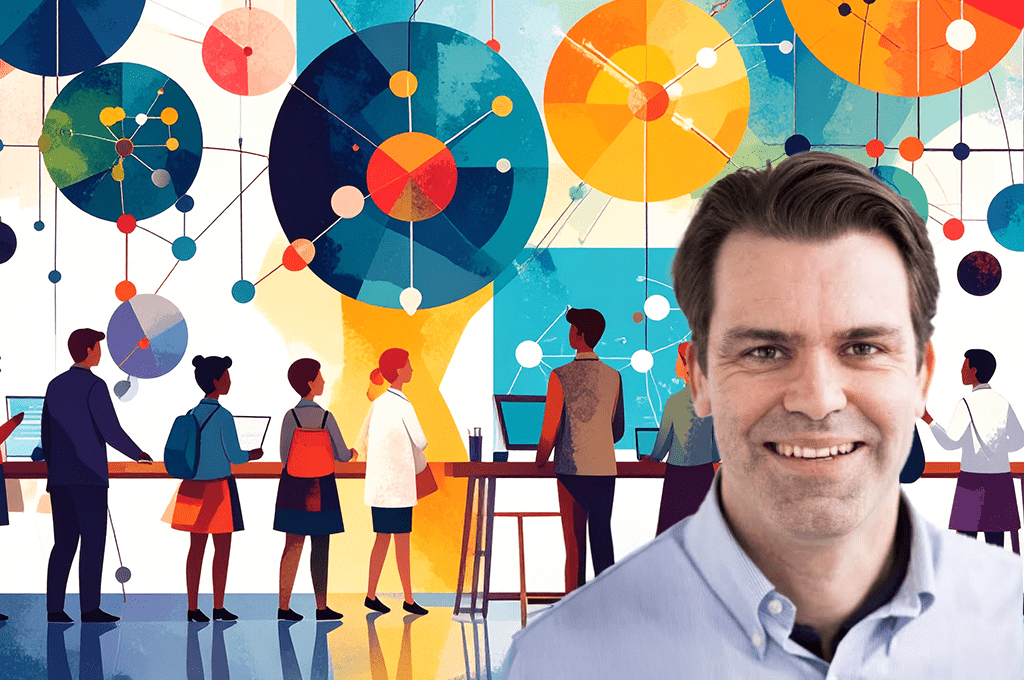SciLifeLab Fellow uses bacteria and yeast to convert CO2 into palm oil
SciLifeLab Fellow Paul Hudson (KTH) and three other research groups from KTH and Chalmers, including Håkan Jönsson (SciLifeLab/KTH), Per-Olof Syrén (SciLifeLab/KTH) and Verena Siewers (Chalmers), receives 29 million SEK for a project called “Food ingredients from CO2 with flexible microbial consortia”, from the Swedish Foundation for Strategy Research (SSF). The project is about developing microbes that could potentially convert carbon dioxide into ingredients that have a particularly negative climate impact, such as palm oil.
“In our research, photosynthetic cyanobacteria will capture carbon dioxide and convert it into sugar. The sugar will then be converted by yeast into food ingredients, such as palm and coconut oil. My research team is working on optimizing the cyanobacteria to increase the conversion rate of carbon dioxide. The group from Chalmers will create yeast strains that convert the sugar into the desired oils. A third team at KTH will develop cutting-edge technology to find the best conditions for these two microbes to exist together”, says Paul Hudson, in a news article from KTH.

By converting carbon dioxide into something that could replace palm oil, a popular and cheap oil with a major negative environmental impact, the researchers can address two important environmental issues at once.
“The yeast’s ability to convert sugar into palm oil in significant amounts would in itself be a good achievement, but I think that the effort to link the transformation to light and carbon dioxide is what really sets our project apart. Of course, this is what palm trees do, but the use of microbes allows the oil to be produced faster here in Europe, and with much lower environmental impact. At present, Europe is highly dependent on imports of such edible oils. We hope that this project will be a kind of springboard for scaling up microbial production of food ingredients”, says Paul.
Read the news article here (Swedish)





